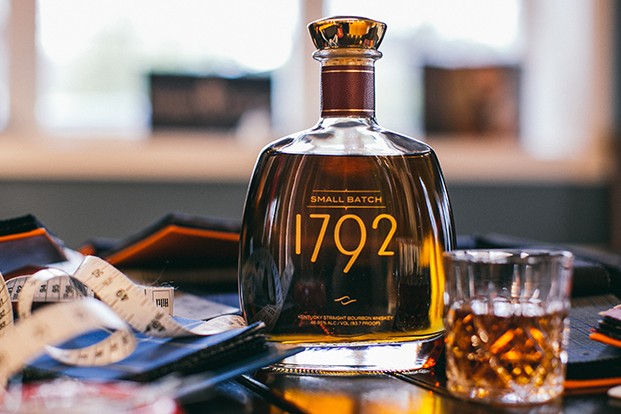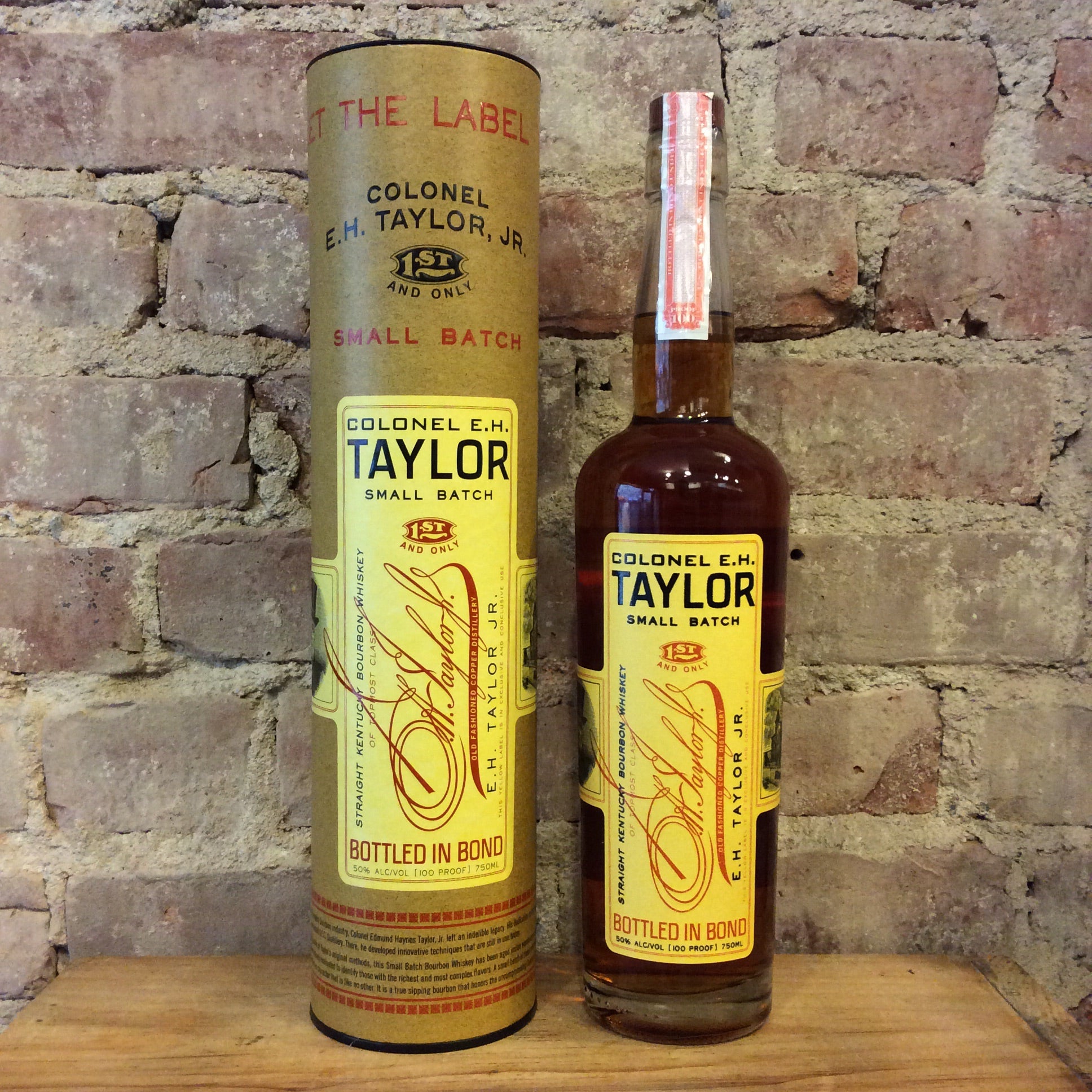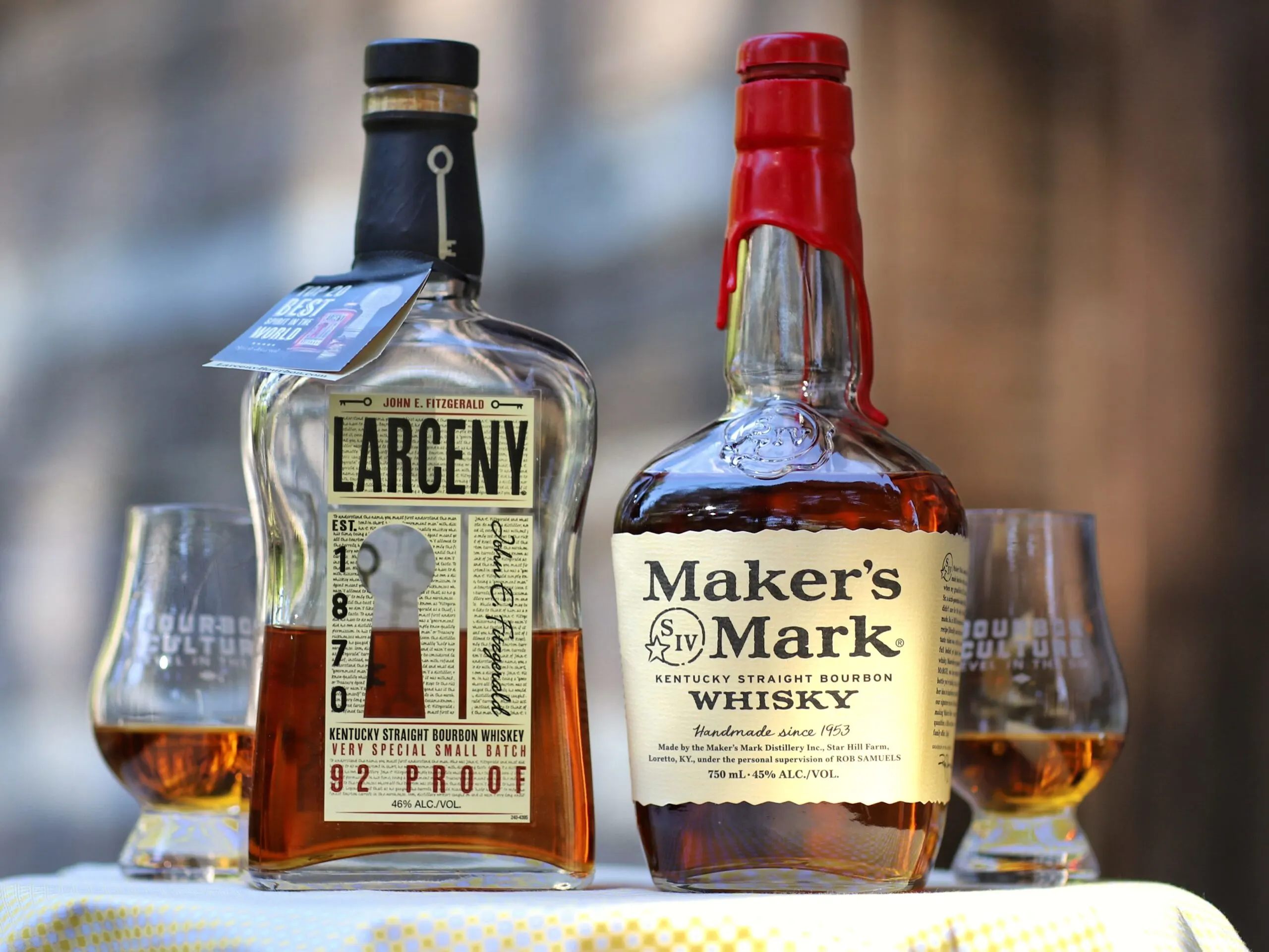Bourbon, a beloved American spirit, is renowned for its rich history, distinctive production process, and diverse array of flavors. This guide aims to explore the various types of bourbon, delving into their unique characteristics and what sets them apart from other whiskeys. Whether you’re a seasoned enthusiast or a newcomer to the world of bourbon, this comprehensive guide will provide insights into the intricate flavors that make bourbon an unparalleled sensory experience.
What is Bourbon?

Bourbon is a type of American whiskey primarily made from a grain mixture that includes at least 51% corn. This composition is essential to achieve its characteristic sweet flavor. The remaining part of the mash can be filled out with malted barley, wheat, or rye. Bourbon must be aged in new charred oak barrels, giving it its distinctive flavor, color, and aroma.
Key Characteristics of Bourbon
Before diving into the different types of bourbon, it’s important to understand some key characteristics that define bourbon:
Ingredients
For a whiskey to be considered bourbon, it must contain at least 51% corn. The rest of the mash bill can include other grains like malted barley, wheat, or rye, which contribute to the flavor profile.
Aging
Bourbon is aged in new charred oak barrels. While there are no specific aging requirements, for it to be labeled as “straight bourbon whiskey,” it must be aged for a minimum of two years. The aging process imparts rich flavors and colors to the bourbon.
Distillation
The distillation process for bourbon typically involves distilling the spirit to no more than 160 proof (80% ABV) and entering the barrel for aging at no more than 125 proof (62.5% ABV).
No Additives
Unlike some other whiskeys, bourbon should maintain an authentic and pure profile with no flavor additives or coloring.
Bottled in Bond
According to the Bottled-in-Bond Act of 1897, bourbon designated as Bottled in Bond must have been produced during a single distilling season at a single distillery, aged for at least four years in a federally bonded warehouse, and bottled at 100 proof.
Flavor Profiles

Bourbon offers a wide range of flavors, primarily influenced by its ingredients, distillation process, and aging. Here are the main flavor profiles found in bourbon:
Vanilla and Caramel

Vanilla and caramel are common tasting notes in bourbon, resulting from the interaction between the spirit and the charred oak barrels. These flavors contribute a sweet, smooth, and sometimes buttery character to the bourbon.
Examples:
- Maker’s Mark Cask Strength Bourbon
- Old Rip Van Winkle 10 Years Old
- Eagle Rare 10 Year Bourbon
Woody

The charred oak barrels used for aging bourbon impart woody and smoky flavors, leading to deeper, toasted notes of roasted nuts and campfires over time. These flavors are more pronounced in older bourbons with extended aging periods.
Examples:
- Elijah Craig Single Barrel 18 Year Old
- Woodford Reserve Double Oaked Barrel Finish Bourbon
- Knob Creek 12 Year Straight Bourbon
Grains

Grains form the core of bourbon’s production process, and their flavor profiles can vary depending on the mash bill, location of the rick house, and distillation process. Corn, barley, rye, and wheat all contribute distinct flavors to bourbon.
Examples:
- 1792 Small Batch Bourbon
- Basil Hayden’s 10 Year Straight Bourbon
- Hudson Baby Straight Bourbon
Fruity and Floral

Fruity and floral flavors in bourbon result from esters created during the fermentation process. These notes can include cherry, pear, apple, and subtle floral undertones, adding a layer of elegance to the overall experience.
Examples:
- Colonel E.H. Taylor Small Batch Bourbon
- Four Roses Bourbon Single Barrel
- Bulleit Bourbon Whiskey
Spicy

The inclusion of rye in the grain mash bill can introduce a spicy flavor profile to bourbon. Rye-based bourbons often feature notes of cinnamon, cloves, and black pepper, adding complexity to the palate.
Examples:
- Blanton’s Single Barrel Bourbon
- Very Old Barton Bourbon 80 Proof
- Old Grand-Dad Kentucky Straight Bourbon 114 PF
Popular Types of Bourbon
Straight Bourbon

Bourbon that meets the basic legal requirements and is aged for a minimum of two years without any additives.
Characteristics:
- Pure and traditional bourbon flavor
- Aged in new charred oak barrels
- No additives or coloring
Popular Brands:
- Buffalo Trace
- Wild Turkey 101
- Jim Beam
Small Batch Bourbon

Bourbon produced by blending a small number of select barrels, often chosen for their unique flavor profiles.
Characteristics:
- Greater consistency and quality control
- Rich and complex flavors
- Often aged longer for depth
Popular Brands:
- Four Roses Small Batch
- Elijah Craig Small Batch
- Maker’s Mark
Single Barrel Bourbon

Bourbon bottled from a single barrel, rather than blending multiple barrels together.
Characteristics:
- Unique flavor profile for each barrel
- Higher quality and exclusivity
- Limited production quantities
Popular Brands:
- Blanton’s Single Barrel Bourbon
- Four Roses Single Barrel
- Eagle Rare Single Barrel
Cask Strength Bourbon

Bourbon bottled directly from the barrel without dilution, resulting in higher alcohol content.
Characteristics:
- Intense and robust flavors
- Higher proof (often above 120 proof)
- Best enjoyed with a few drops of water
Popular Brands:
- Booker’s Bourbon
- Stagg Jr.
- Wild Turkey Rare Breed
Wheated Bourbon

Bourbon that uses wheat instead of rye as the secondary grain in the mash bill.
Characteristics:
- Softer and sweeter flavor profile
- Smooth and approachable
- Often enjoyed by beginners
Popular Brands:
- Maker’s Mark
- W.L. Weller
- Larceny
How to Taste Bourbon?

Tasting bourbon is an art that enhances the appreciation of its complex flavors. Here’s a step-by-step guide:
Step 1: Pour Your Bourbon
Use a whiskey glass, preferably a Glencairn glass, which is designed to direct aromas to your nose while you sip your drink.
Step 2: Observe the Color and Viscosity
The appearance of the bourbon can give clues about its age and flavor intensity. Generally, the lighter the bourbon, the softer it will taste.
Step 3: Smell the Bourbon
Avoid swirling the glass to prevent overwhelming alcohol vapors. Instead, softly inhale while holding the glass a few inches below your nostrils to detect the various scents.
Step 4: Taste the Bourbon
Take a small sip and let it coat your palate. Note the initial flavors and any evolving ones. If the first try wasn’t successful, take a second sip.
Step 5: Pay Attention to the Finish
The finish is the lingering taste after swallowing. Some bourbons have a short, crisp finish, while others are long and complex. Appreciate and experience the finish between sips.
Step 6: Experiment with Water
Adding a few drops of water can unleash different flavors. Letting the bourbon breathe for a few minutes can also reveal additional nuances.
FAQs
What’s the Difference Between Bourbon and Whiskey?
Bourbon is a type of American whiskey made from a grain blend that’s at least 51% corn, while whiskey is a general term for an alcoholic liquor made from fermented mashed grains.
How Do I Differentiate Between Various Bourbon Flavors?
Start by taking a little bit at a time and focus on the range of flavors and aromas. Let it linger on your palate to identify the primary and evolving flavors. The finish will also give you insights into the taste profile.
What Does Adding Water to Bourbon Do?
Adding a few drops of water to bourbon can open up its flavors by reducing alcohol intensity. However, the amount of water you should add is a personal choice.
How Can I Improve My Bourbon Tasting Skills Over Time?
Patience and practice are key. Keep tasting and comparing different bourbons to refine your palate. Read tasting guides, take notes, and consider joining tasting clubs to learn from others.
Where Can I Buy Good-Quality Bourbon?
For a variety of high-quality bourbons, consider online liquor stores like Nestor Liquor, which offer a diverse range of spirits with different flavor profiles to suit your palate.
Conclusion
The flavors found in bourbon are as diverse as the craftsmanship that goes into creating each bottle. From the warmth of rye to the sweetness of vanilla and caramel, bourbon offers a captivating array of flavors and aromas for every palate. Whether you prefer straight, small batch, single barrel, cask strength, or wheated bourbon, each type presents a unique experience worth exploring. Happy tasting!
I’m Chen Mina, from Vol de Nuit, who has a special passion for bartending, especially mixing wine, beer, and cooktail. Here you will find content about alcoholic beverages, I will bring you knowledge that few people know about this drink.





